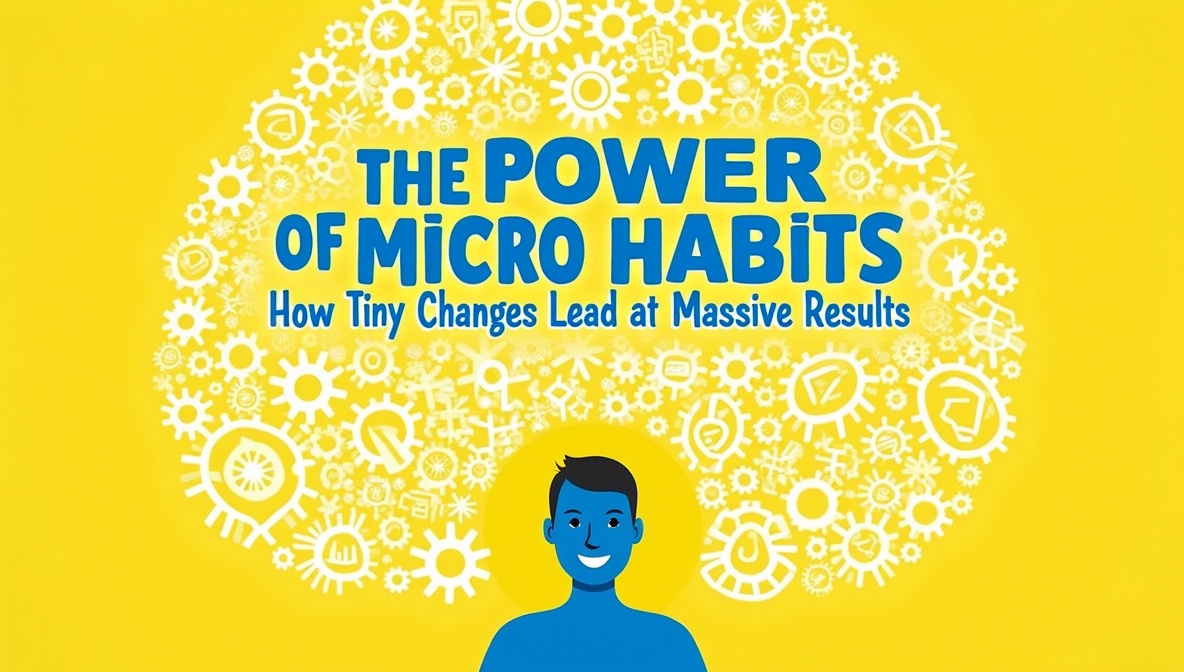We often believe that change requires grand gestures—radical overhauls, all-or-nothing goals, or New Year’s resolutions that crash by February. But in reality, lasting change happens through micro habits—small, consistent actions that compound over time.
Micro habits are the building blocks of sustainable self-improvement. They’re so small they seem insignificant—until they aren’t. In this article, you’ll learn what micro habits are, why they work, and how to use them to transform your life in meaningful ways.
What Are Micro Habits?
A micro habit is a tiny version of a larger goal-oriented behavior. It’s something you can do in under two minutes that still moves you forward.
Examples:
One push-up per day (leads to a fitness habit)
Reading one page of a book (builds a reading routine)
Writing one sentence in a journal (encourages self-reflection)
These habits are intentionally small so they’re frictionless—you can’t say “I don’t have time.”
Why Micro Habits Work
They Bypass Resistance
Our brains resist change, especially when it feels overwhelming. Micro habits feel easy—almost too easy—which is why we actually do them. Once you start, you’re more likely to continue.
They Rewire Identity
The real power isn’t in the habit—it’s in what the habit says about you.
One push-up a day? You’re becoming a person who works out.
Reading one page? You’re a reader now.
Over time, these small actions change how you see yourself—and your behavior follows.
They Create Momentum
Micro habits rely on the Zeigarnik effect—our brain likes to complete tasks. One small step leads to another. One sentence becomes a paragraph. One minute becomes ten. This builds real momentum.
How to Start Using Micro Habits
1. Choose One Habit
Start with just one. Focus on a habit that aligns with a goal—health, creativity, productivity, etc.
2. Make It Tiny
Shrink it to a two-minute version. Instead of “go for a run,” make it “put on running shoes.” Instead of “write a novel,” start with “write one sentence.”
3. Anchor It to an Existing Routine
Attach your micro habit to something you already do. For example:
After brushing your teeth → write one line of gratitude
After morning coffee → stretch for one minute
4. Track It (Lightly)
Keep it simple. Use a journal, calendar, or app. The goal isn’t perfection—it’s consistency. Small wins add up.
Real-World Micro Habit Examples
Walk for two minutes after lunch
Read one page before bed
Meditate for one minute
Drink a glass of water after waking up
Write one line of reflection in the evening
Each feels tiny, but they can transform your identity and your results over time.
Final Thoughts
Micro habits prove that you don’t need motivation or willpower to change your life. You need to start small—and stay consistent. Over time, those small steps lead to massive results.
Start tiny. Stay steady. Let the transformation unfold.

